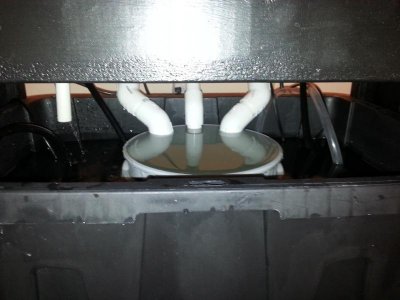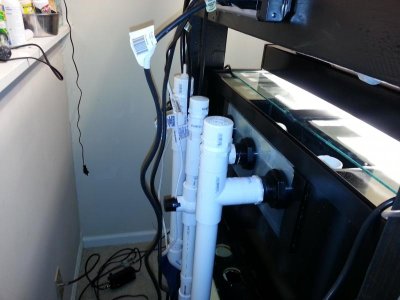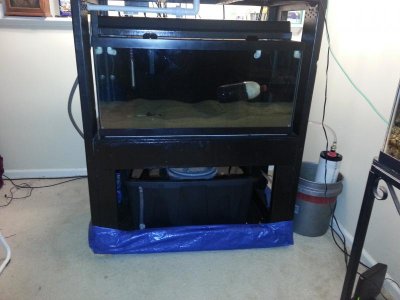Reef savvy got back to my inquiry about purchasing their ghost overflow simply to say that "The final details on the Ghost Overflow are being ironed out and will be released in the next couple of months." What does that even mean? This is already released to the market. Are they having issues with them? Changing the design? This makes no sense and needless to say I was not satisfied by their response.
Would it be possible to simply say, latest advice I have seen on it is "don't hold your breath?" (last month.) Some of it is certainly production cost/profit margin. Much more than that is speculation. What the message means is: it is not currently available.
At the 2013 MACNA it was touted as a game changer, however the only thing game changing was the inclusion of a BA system in the external box, and BA's system came years before "the Ghost" was shown at MACNA. BA's drain system is certainly game changing at the very least. The rest is simply an adaptation of glass-holes' overflow design.
In your original post, you were looking for "best methods," and quite frankly the Ghost Overflow, and other "knock-offs"/similar set ups are flawed. They pretty much line up with what we have been dealing with all along: small, toothed inefficient weirs, that are not really capable of handling the rated flows, without a great deal of noise; with very "low" surface skimming/renewal rates.
There is a rather solid science behind weirs, how they work, and how that impacts our endeavor. The physics get a bit tricky, and the chemistry aspects concerning the skimmer, gas exchange, and overall system health, can get even more tricky—moving far beyond the oft spoken myth: "my parameters are fine." (Eric Bourneman, 2003)
Rather than re-iterate words that have already been written, take a browse to Bean's website and read the sections: "Overflow Basics," and the sidebar entitled "Surface Renewal."
http://www.beananimal.com/projects/silent-and-fail-safe-aquarium-overflow-system.aspx
Bean chose to use Anthony Calfo's overflow concepts (the Coast to Coast,) to use in conjunction with his drain system. As Bean states, there has been sufficient observation and evidence to support the logical conclusion that this is what is wanted. My experience and observations support the logical conclusion. If we are to use a "game changing" drain system, there is little logic to using an overflow that is not game changing, just more of the same. In terms of progress, it makes little sense to get up to the C2C, and then step backwards into the same old same old for reasons of aesthetics. Function should come first.
A fish tank is always going to be a fish tank. Until there is enough progress that we can free ourselves from power heads (we are not there yet) it is always going to look "cluttered" like a fish tank, and even without the power heads, it will still look like a fish tank. Speaking of small home aquaria, not large public displays.
Anyway, anyone having trouble with their BA drain system?

:wave:



